Dog Breeds That Start With K: Koolie, Kishu Ken, Kai Ken, etc
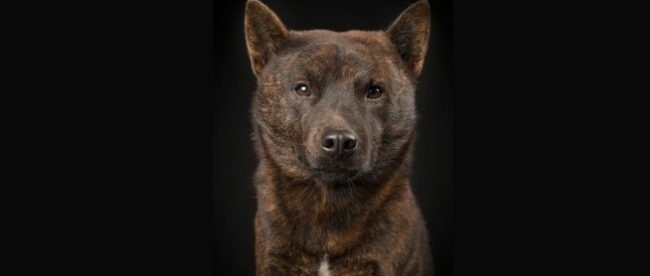
There are so many reasons you might be looking for dog breeds that start with K. It might be so the dog’s breed starts with the same letter as everyone in the household.
Or maybe you can’t think of any dog breed that starts with K, so you’re just curious. Or perhaps this is the last word you need for a crossword! Either way, this list will give you the most popular dogs that start with K. It is not the entire list, but these are surely some of the most popular ones.
Do you have a specific question about the subject? Then use the table of contents below to jump to the most relevant section. And you can always go back by clicking on the black arrow in the right bottom corner of the page. Also, please note that some of the links in this article may be affiliate links. For more details, check the Disclosure section at the bottom of the page.
Here's what we'll cover:
Kai Ken
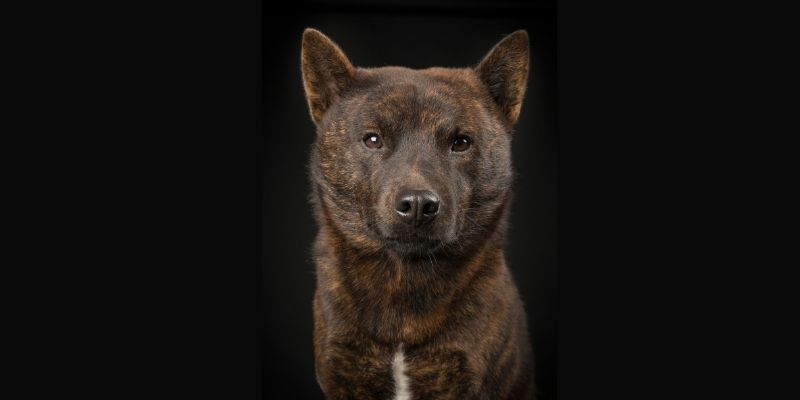
Kai Ken is a Japanese breed that was initially used for hunting wild game in Japan’s mountains and territories.
Kai Ken is the ideal pick if you’re looking for a dog breed that likes to be with its owners. They are faithful, dedicated, and trustworthy. This breed is brilliant and responds well to constructive training methods.
Their original intent as hunters is still evident today in their need for athletic lifestyles. Because not only do they enjoy spending time with their owners walking and playing, but they’re also can swim and even climb trees!
Even in Japan, this breed is relatively rare. It is one of the 6 native dog breeds of Japan.
Keeshond
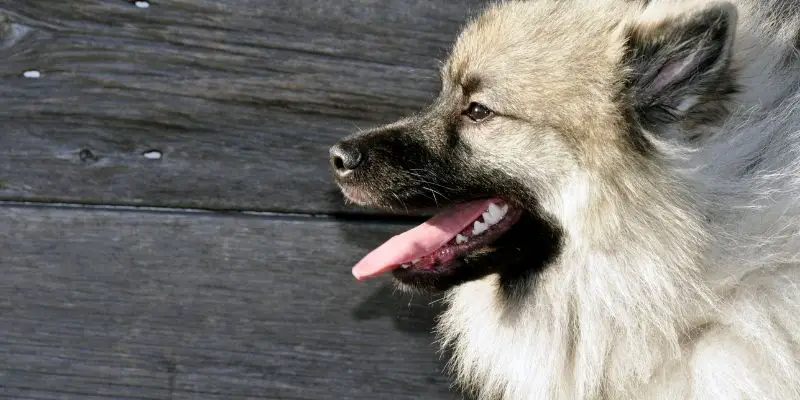
Keeshond is another medium-sized dog breed starting with K.
This breed is set apart by its beautiful fluffy hair and coloring. The darker fur around their eyes looks just like little dog spectacles!
The Keeshond is a versatile breed that adapts well to any climate, which means that it can suit any sort of home you have.
They enjoy spending time with anyone that they consider their friends. This is a breed that will need daily exercise. A daily walk should be enough to please your Keeshond, who will be happy to spend time with you!
Kashon

Also known as the ‘Dutch Barge Dog,’ this dog breed starting with K, was created as a watchdog in Holland. Their bark helps them keep the thieves away and makes them great for keeping your property and family safe.
However, their constant barking can be problematic if you live in an apartment.
Kyi-Leo
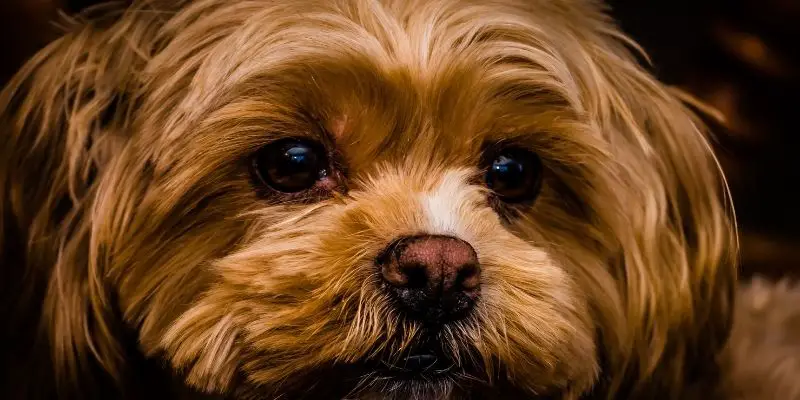
The Kyi-Leo was born as a result of an accidental crossbreeding between the Maltese and Lhasa Apso. Often known as the Maltese Lion Dogs, these pups are naturally social, alert, and polite.
Whether you have a yard or not, you will find that these dogs will be easy to have in your house.
Korean Jindo
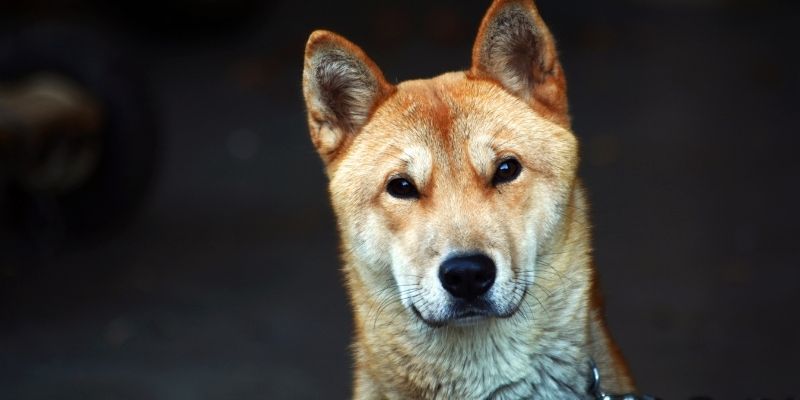
This dog was bred for hunting. It was brought to the United States by immigrants.
Korean Jindos love to be with their owners, and they are remarkably loyal and affectionate pets. These dogs are very smart and are only ideal for experienced owners due to their independent nature.
Kishu Ken
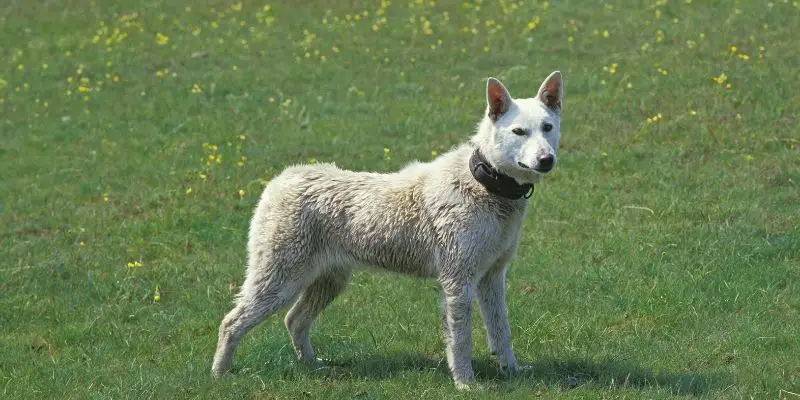
The Kishu Ken is a medium-sized dog with pointed ears and a cute curled tail!
It is not recommended that you get a Kishu Ken if you have other small animals. This breed has a strong hunting instinct and may kill other small animals, even if raised with them.
They tend to stalk quietly and kill without barking. So, you may not have any time to prevent a mishap! That’s why it should also be kept on a leash while going outside.
This breed is very solitary, but they like to use their intellect to solve problems. If you get this breed, you may want to invest in some troubleshooting dog puzzles and toys!
Karjalankarhukoira
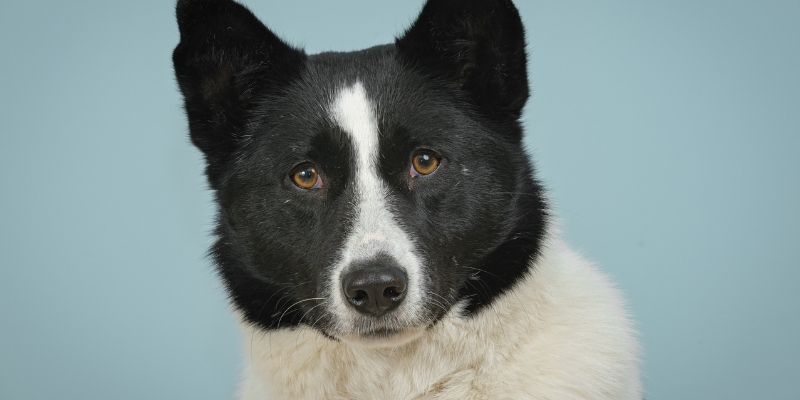
These dogs are common in Finland. Karjalankarhukoira was initially bred as a hunting dog. The name is quite a mouthful for a dog breed that starts with K, so it is also simply known as the Karelian Bear Dog.
These pups have impressive abilities because they’ve worked with big species, such as lions, boars, and elk. They are trustworthy, brave, wise, and they can be calm if you can meet their exercise needs.
Kuvasz
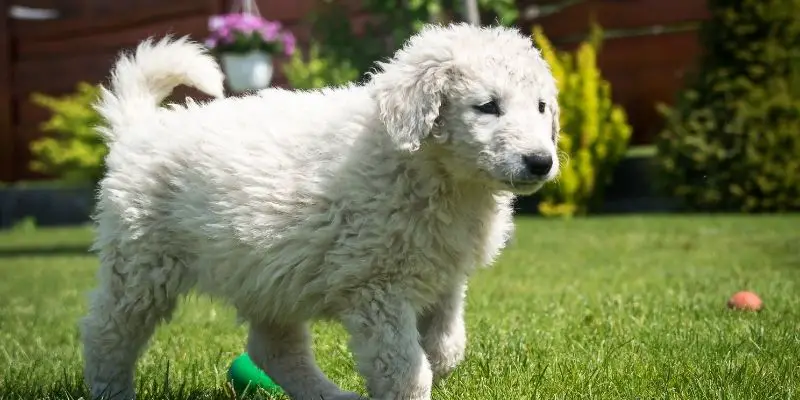
This Hungarian breed’s name is pronounced as Koo-vazz. Dog breeds that start with K tend to have interesting-sounding names. It was initially developed to stay around the livestock as a guard dog.
Nowadays, because of their patient, loyal and protective disposition, they are considered excellent companions. A Kuvasz has a fragile personality and cannot bear loneliness.
Kromfohrlander
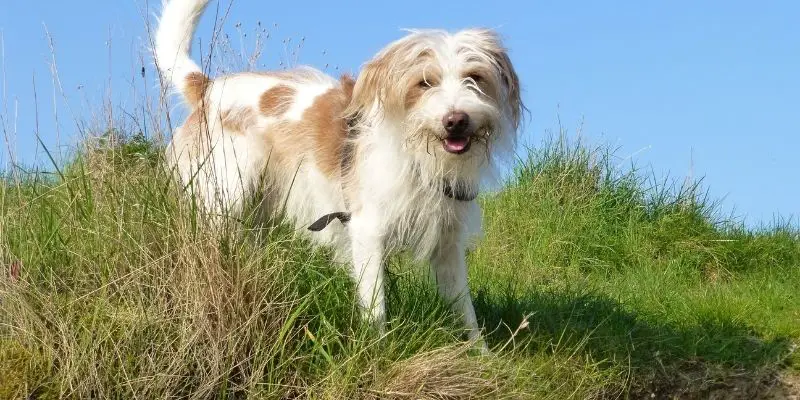
This breed has a terrier heritage, but it maintains very little hunting instincts. It is now used as a companion dog.
It’s okay even for families with kids because it will be very attached and caring to its owner. This attachment means that it’s not the best option if you’re going to have to leave a lot of it home alone.
Koolie
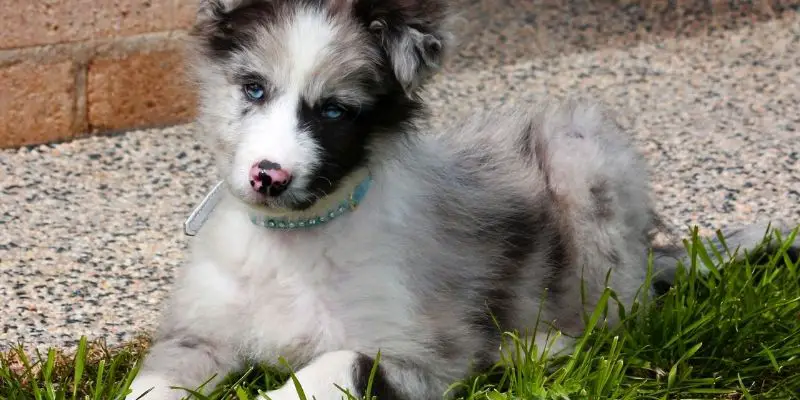
This Australian breed was recognized in ancient times as a herding dog. They are very helpful around children as a result.
Koolies love to be with humans, and they are very affectionate towards their people. They have a close relationship with the family, including other pets.
Kangal
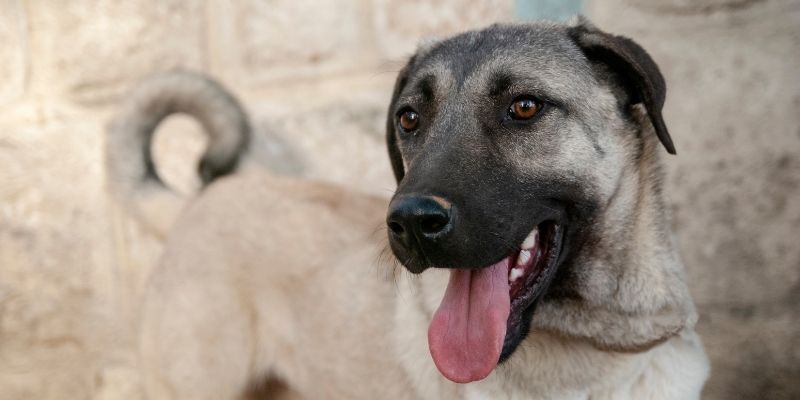
This breed was initially raised in Turkey to defend the herds of sheep. These dogs are named after their birthplace, Kangal.
They are smart, gentle, and very affectionate, particularly with children. They have proven themselves to be outstanding guardians of their kin due to their protective temperament and good reflexes. They are so powerful too. Many people do not know that these dogs have the highest bite force among any breed!
Credits: thanks for the cover photo to Canva.

Disclosure: At pawtypooch.com we only mention the products that we’ve researched and considered worthy. But it’s important to note that we are a participant of several affiliate programs, including VigLink, ShareASale, Skimlinks, and Amazon Services LLC Associates Program, an affiliate advertising program designed to provide a mean for us to earn fees by linking to Amazon.com and affiliated sites. As an Amazon Associate pawtypooch.com earns from qualifying purchases. Also, please note that pawtypooch.com does not intend to provide veterinary advice. All published articles are meant for informational purposes only. And this information should not be substituted for professional veterinary consultation.

